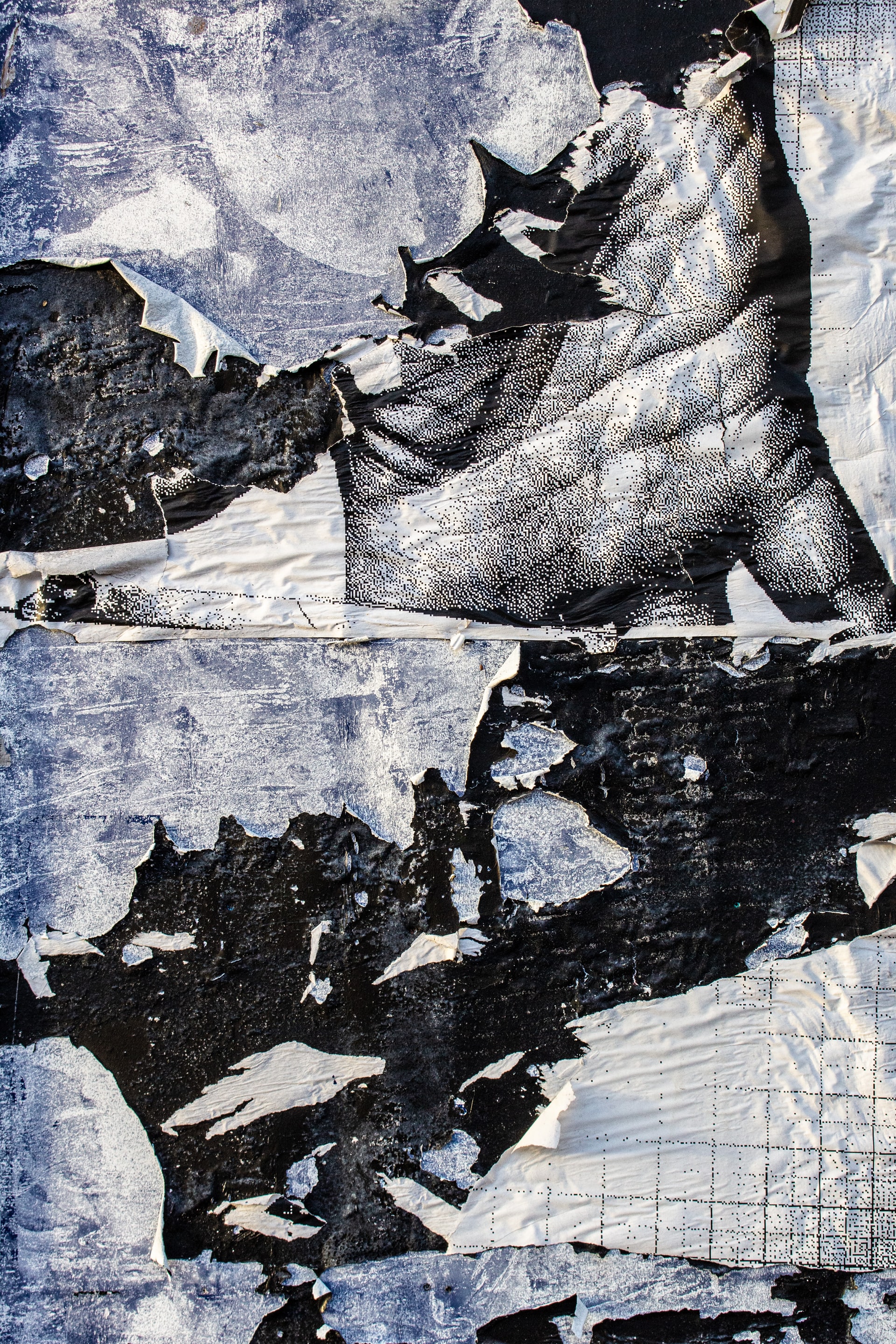What can we learn from a peer review?
DOI:
https://doi.org/10.7146/ocps.v22i.128506Keywords:
transmethodology, peer review, science production, auto-ethnography, actor-network theoryAbstract
The quality assurance of research articles is based on a widespread reliance on peer review, which has gradually become black boxed, as the way to do it. By opening the black box, it turns out that this form of quality assurance varies a great deal. This article looks at the comments offered by peer reviewers and treats them as an important but overlooked element of the methodological circle and science production. Based on an auto-ethnographical study of one manuscript that undergoes peer reviewing in three different journals the article examines how the review comments affect the author and hence promote/inhibit the becoming of a research article. The article offers a transmethodological look at peer review by employing concepts from actor-network theory. This allows for a theoretical move from notions of single authorship to notions of writing as a performance of relations between heterogeneous actors. The analysis aims to identify the connections that are established between the manuscript and other actors such as scientific standards for good research, journals’ aim and scope, universities’ requirements for staff publication, peer reviewer’s personal academic interests etc. which all become part of a peer review network. In conclusion, the article suggests acknowledging the relational and co-productive aspect of peer reviewing as an important part of quality assurance of scientific knowledge.
References
Anderson, L. (2006). Analytic auto ethnography. Journal of Contemporary Ethnography, 35, 373-395.
Bedeian, A.G. (2004). Peer review and the social construction of knowledge in the management discipline. Academy of Management Learning and Education, 3(2), 198-216.
Blok, A. and Jensen, T. E. (2009). Hybride tanker i en hybrid verden. Copenhagen: Hans Reitzel Publishers.
Bornmann, L. (2011). Scientific Peer Review. Annual Review of Information Science and Technology Volume 45, 1997-245.
Bornmann, L., Nast, I. & Daniel, H.D. (2008). Do editors and referees look for signs of scientific misconduct when reviewing manuscripts? A quantitative content analysis of studies that examined review criteria and reasons for accepting and rejecting manuscripts for publication. Scientometrics, 77(3), 415-432.
De Landa, M. (2016). Assemblage Theory (First). Edinburgh: Edinburgh University Press.
Ellis, C. (2000). Creating Criteria: An Ethnographic Short Story. Qualitative Inquiry, 6(2), 273-277.
Ellis, C., & Bochner, A. (2000). Autoethnography, personal narrative, reflexivity: Researcher as subject. In N. Denzin & Y. Lincoln (Eds.), The handbook of qualitative research (2nd ed; pp. 733-768). Thousand Oaks, CA: Sage
Fox, N.J. & Alldred, P. (2017). Sociology and the New Materialism: Theory, Research, Action. Sage.
Garfield, E. (2004). Historiographic mapping of knowledge domains literature. Journal of Information Science, 30(2), 119-145.
Geertz, C. (1973). The interpretation of cultures. Selected essays. New York: Basic Books, Inc., Publishers
Gosden, H. (2003). “Why not give us the full story?” Functions of referees’ comments in peer reviews of scientific research papers. Journal of English for Academic Purposes, 2(2), 87-101.
Haavind, H. (2000). Kjønn og fortolkende metode: metodiske muligheter i kvalitativ forskning. Oslo: Gyldendal
Latour, B. (2005). Re-assembling the social. An Introduction to Actor-Network Theory. Oxford, UK: Oxford University Press.
Merton, Robert K. (1948). The self-fulfilling prophecy. Antioch review, 8, 193-210.
Mialet, H. (1999). Do Angels Have Bodies? Two Stories about Subjectivity in Science. The cases of William X and Mister H. Social Studies of Science 29/4 (August 1999). 551-81.
Mialet, H. (2012). Hawking Incorporated. Chicago, Ill.: the University of Chicago Press.
Sørensen, E. (2007). STS goes to school: Spatial imaginaries of technology, knowledge and presence. Critical Social Studies No. 2 p. 15-27.
Sørensen, E. (2009). The Materiality of Learning: Technology and Knowledge in Educational Practice. Cambridge University Press
Weller, A.C. (2002). Editorial peer review: Its strength and weaknesses. Medford, NJ: Information today, Inc.
Downloads
Published
How to Cite
Issue
Section
License
From issue no. 1 2022 and onward, the journal uses the CC Attribution-NonCommercial- Share Alike 4.0 license (https://creativecommons.org/licenses/by-nc-sa/4.0/) The authors retain the copyright to their articles.
The articles published in the previous 37 issues (From Vol. 1, no. 1, 1999 to Vol. 22, No. 1, 2021, are published according to Danish Copyright legislation. This implies that readers can download, read, and link to the articles, but they cannot republish these articles. The journal retain the copyright of these articles. Authors can upload them in their institutional repositories as a part of a green open access policy.




